The Hidden Power of Reward Systems In Design
Rewards Are Powerful
You’ve most likely downloaded a new app for your phone, only to delete it a few days later or never open it again. You may have also caught yourself scrolling through your Instagram feed for hours at a time, with no real reason. It’s clear that certain digital products know how to ingrain themselves in our daily routines while others cannot seem to get more than one or two uses.


The most popular apps use reward systems to increase retention, engagement and organic sharing amongst its users. Reward systems are a powerful tool for designers to ensure that users get the most value out of their products.
Different Delivery Methods
Every day we’re rewarded for using digital products even if we’re not aware of it. These rewards are not always as obvious and the most subtle ones are usually the most effective.
Although rewards can vary, they are almost always delivered in one of four different ways:
- Informational
- Social
- Gamification
- Monetization
Even if a product uses all these delivery methods, the reward should always resonate on an emotional level with the user in order for it to be effective. The more powerful the emotion, the more successful the reward tends to be.
1. Informational Rewards
Informational rewards are images, articles, and content delivered to users through a feed. This content can either be small user-generated items or seemingly endless content heavy sites. Regardless of the specifics of the content, informational rewards satiate a user’s curiosity.


Slot Machine Mechanics
In 2008, software developer Loren Brichter founded Tweetie, an app client for Twitter. Not long after, Twitter acquired Tweetie and turned the 3rd party app into its official iPhone app. As a result, Twitter was able to solidify its space in the app store and also brought the“pull-to-refresh” feature to the masses.

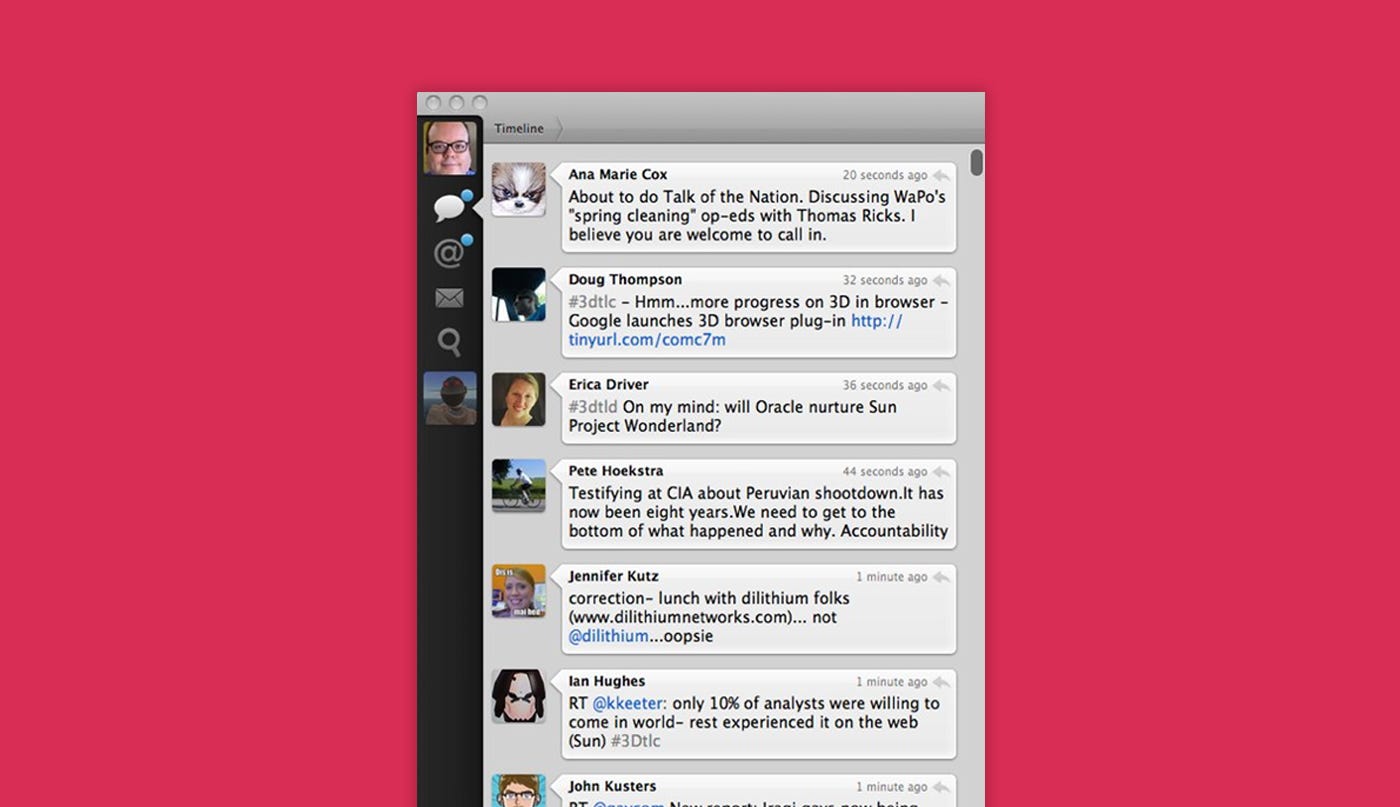
Although the Twitter app has seen many UI tweaks since it’s release, the pull-to-refresh feature is still one of its core interactions. Other apps like Instagram, LinkedIn, and Medium have adopted it, making it one of the most ubiquitous gestural features.

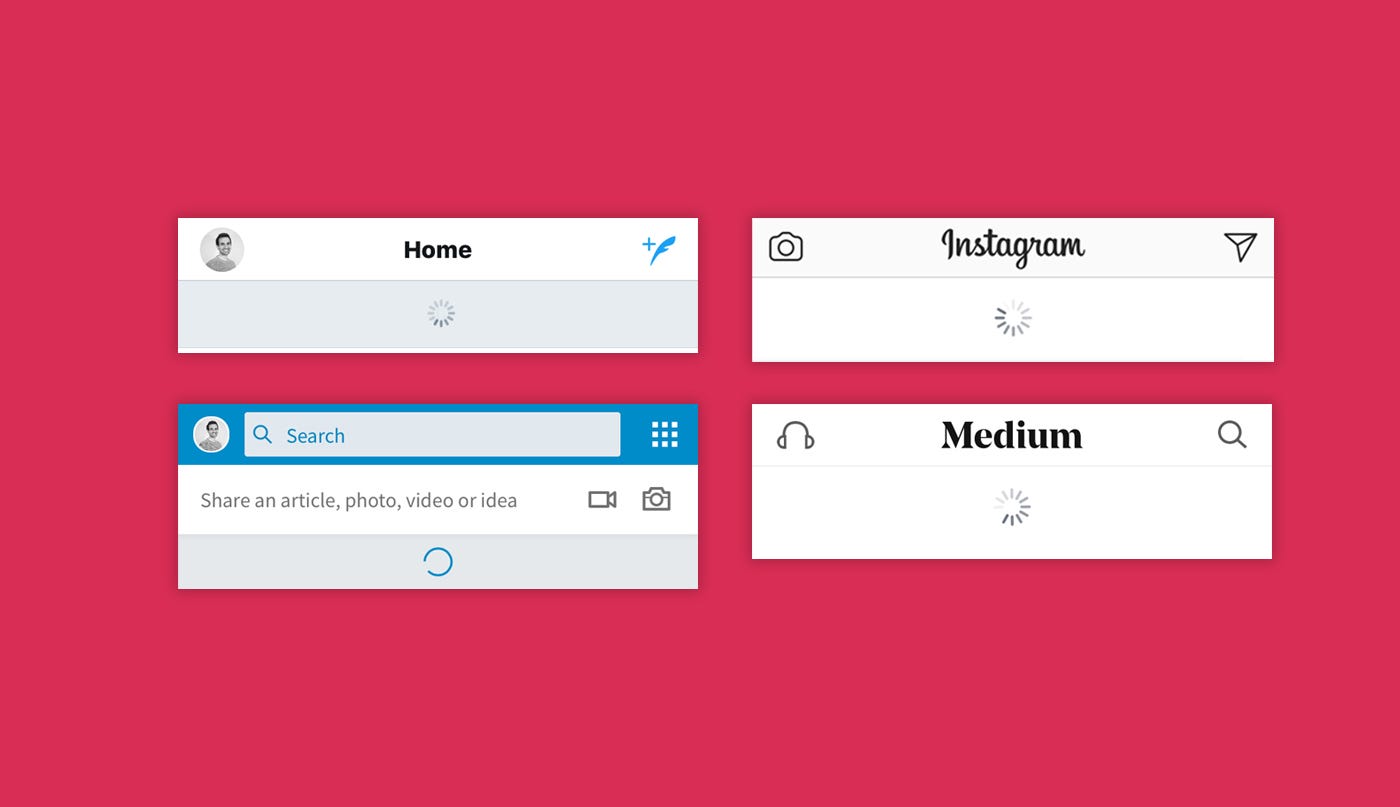
Tristan Harris, an ex-Googler and design ethicist, has likened the pull-to-refresh feature to slot machines. In his viral article, he states that “…all tech designers need to do is link a user’s action (like pulling a lever) with a variable reward. You pull a lever and immediately receive either an enticing reward (a match, a prize!) or nothing.” We refresh app feeds in the hopes that we receive new information and content, much like how a slot machine either deals a jackpot or a bust.
Design with Mindfulness
Informational rewards are becoming common in our everyday lives as more content becomes immediately available. When designing informational rewards, it’s important to remember that not all types of content are significant to every user.

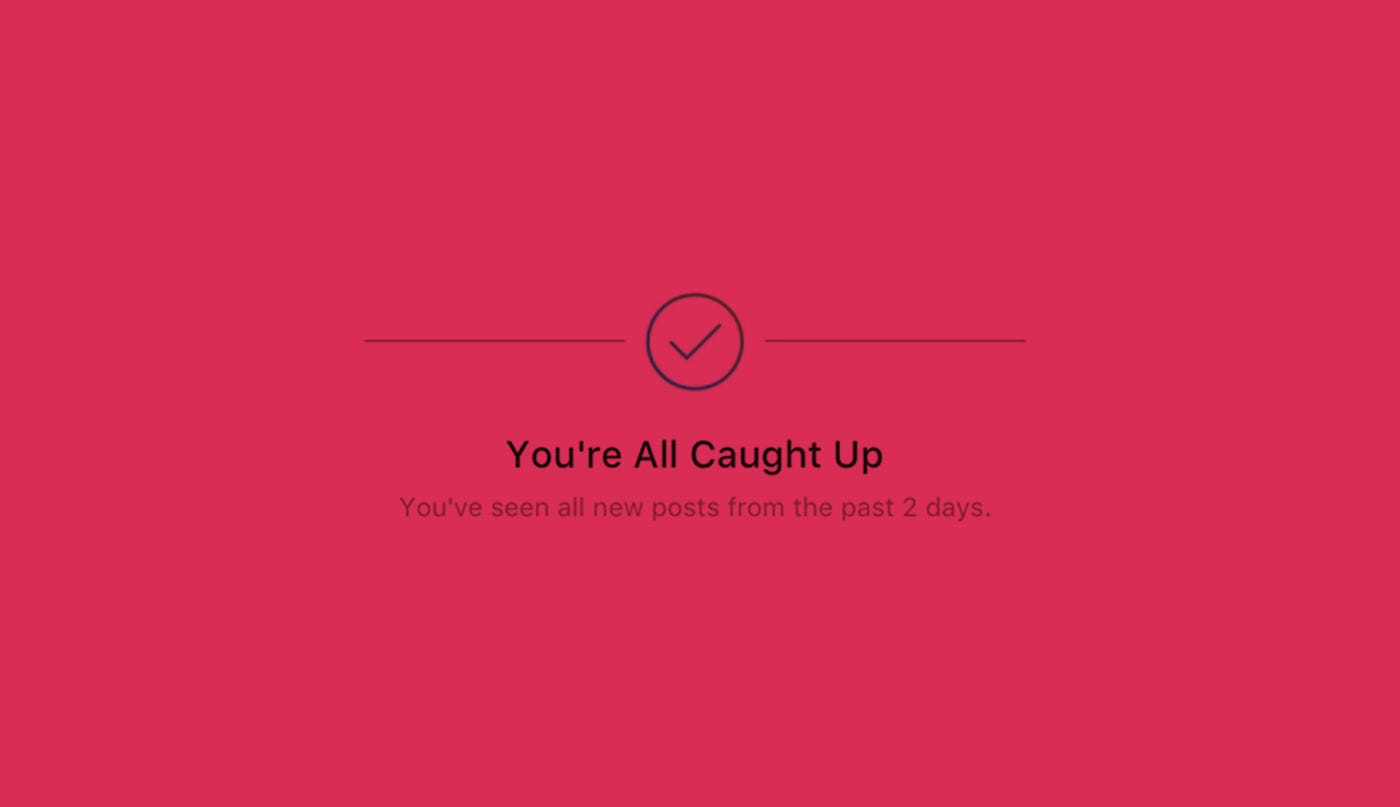
Instagram’s “You’re All Caught Up” feature empowers users to confidently opt out of digesting content. As informational rewards are more prevalent, it’s important to design features to help users know when they’re seeing redundant content.
2. Social Rewards
Social rewards areone of the easiest to spot in digital products as most apps tend to have a social reward integration. The heart on Instagram, applause on Medium, or views on Dribbble are perfect examples of common social rewards in popular apps.

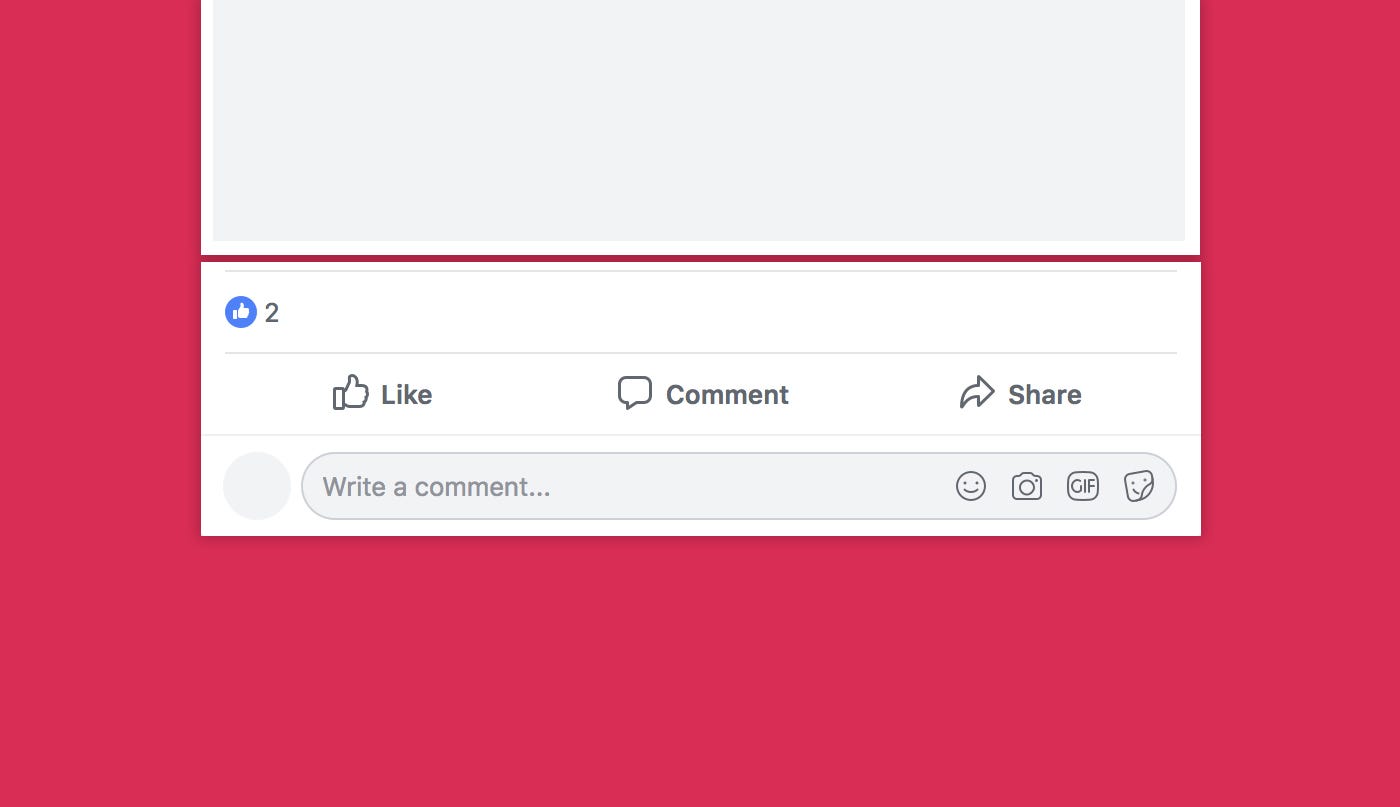
Social rewards cater to three powerful emotions: vanity, self-worth, and validation. When used irresponsibly, social rewards can have adverse effects on users and could both negatively affect their views on themselves and your product.
What’s Not To Like?
In 2007, Facebook software programmer Justin Rosenstein led the technical team to create the iconic “like button.” According to Rosenstein in a profile by the Guardian, the feature was “…‘wildly’ successful: engagement soared as people enjoyed the short-term boost they got from giving or receiving social affirmation…”


In short, the like button was revolutionary. It rewards users for posting content and has changed the way that people interact online. It’s also come under scrutiny over recent years as Rosenstein and others now caution the “addictive feedback loops” that these social rewards provide.
A Double-Edged Sword
Social rewards are controversial as they can be powerful and resonate with users on a deep emotional level. This could result in higher engagement, but can also be annoying or hurtful if users rely on them too much. As social media moves further away from its infancy and matures, we will see how social rewards evolve with the medium.
3. Gamification
Gamification is scoring systems, achievements, and other game-like features in non-game apps. In recent years, educational apps have taken gamification by storm as companies like Treehouse, DuoLingo, and Codeacademy all use it to some degree in their courses.

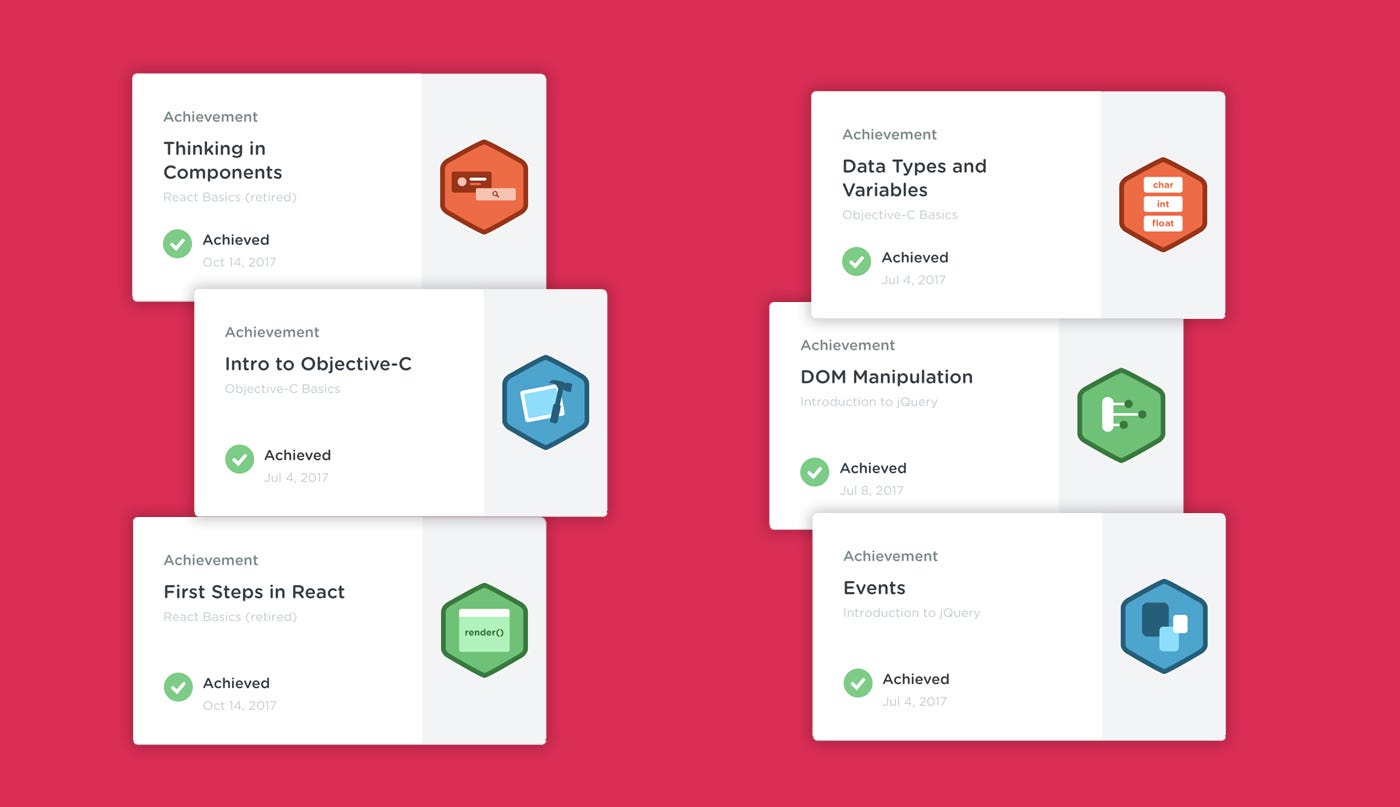
Social apps like Foursquare’s Swarm and the fitness app Strava also provide gamified experiences that are intrinsically tied to their core product offering. Swarm provides badges for checking in at places frequently whereas Strava rewards users “achievements” for performing faster than previous efforts.
Measure Progression
Gamification incentivizes the continued use of a product through visualizing tasks that are completed and those that have yet to be tackled. Gamification makes products more valuable the more that a user interacts with it as they attain a sense of accomplishment after each milestone reached.


It Doesn’t Always Work
The term “gamification” has been thrown around quite a bit as the buzzword has gained more traction over recent years. Although it can seem like a great feature to add to your product, it’s important to remember that not all products need to be “gamified.”
Before rushing to bring gamification techniques into your product, you should remember that it works best when it is intrinsically tied to the product’s core offering. Users should feel fulfilled by seeing their progress measured in a visual way. If there is a disconnect with the gamified experiences provided, your product can end up feeling hollow and disingenuous.
4. Monetization
Monetization gives a physical product or money when users complete key actions. HQ Trivia is the most recent and viral app that employed monetization rewards. It incentivizes users to compete in a live game show to win cash prizes and other physical rewards. Over 1.5 million players have tuned in at once on certain broadcasts and Time Magazine named it App of the Year in 2017.


Social Media apps also use monetary rewards to encourage creators to produce premium content. YouTube gives money to users when they let ads run on videos while Medium has a Partner Program where writers can get paid writing articles.

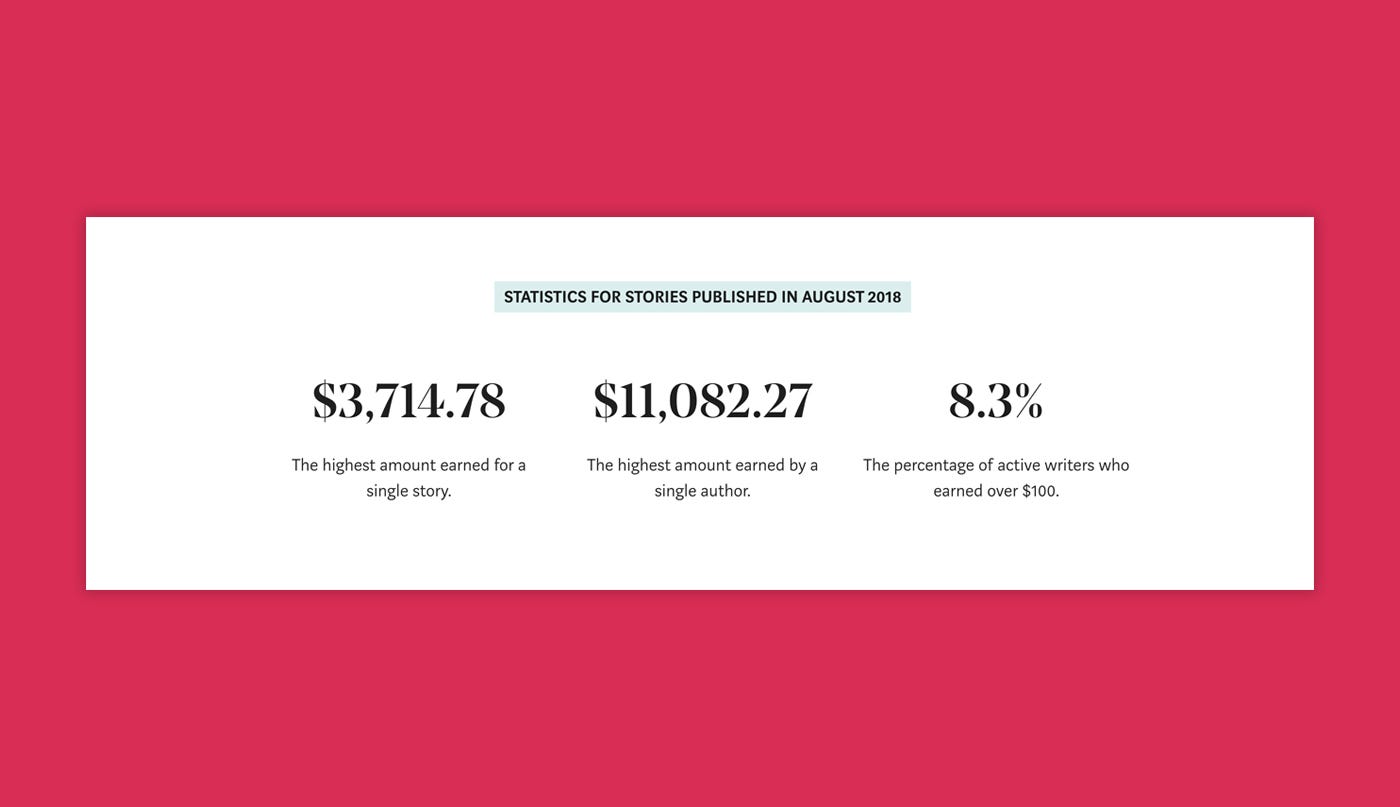
Be Transparent
Both HQ Trivia and YouTube’s payment practices have been subject to criticism over recent years. Some have questioned if HQ is a “glitch-filled scam” due to the clause that only allows users to payout if they reached a threshold of $20 within 90 days. (This minimum cash-out rule was removed in January 2018). Additionally, when YouTube changed its ad policies in 2017 to appease advertisers, creators dubbed it the “Adpocolypse” as videos were being demonetized, sometimes for seemingly no reason.
Being clear with when and how payment distributes to users is imperative to prevent dissatisfaction. Monetary rewards, when given without issue, is a great way to tap into power users and encourage the continual use of a product.
Conclusion
Digital products are not limited to using only one reward, as you’ll likely see that your favorite apps use many delivery methods. When used responsibly, rewards can be a great way for users to see the value in your product, adding a deeper level of engagement to your product as a result.
